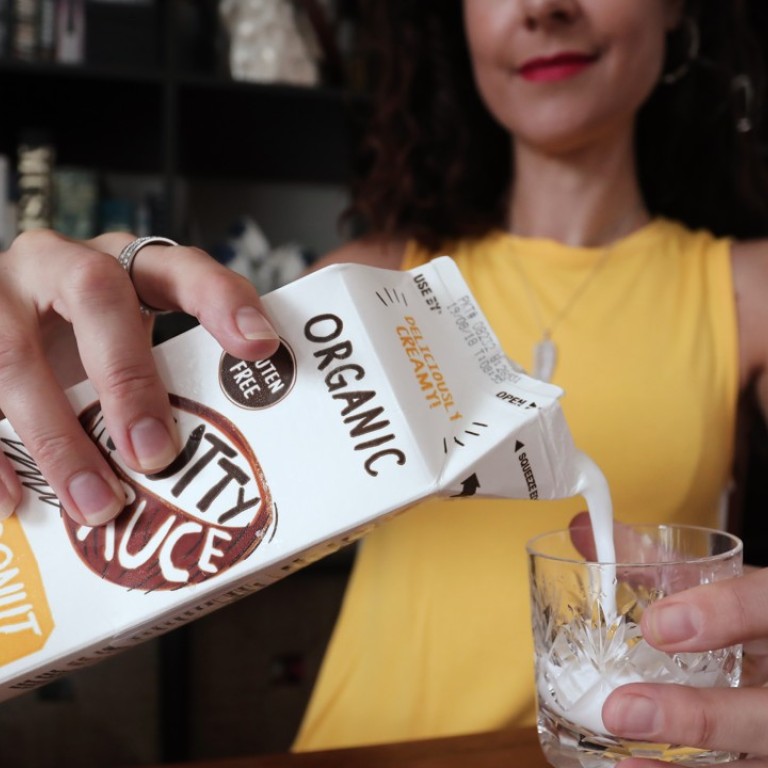
Soy milk, hemp milk, quinoa milk, oat milk: which milk alternative is best for you? We ask two experts
People looking for a good milk substitute usually start with soy milk, but if the ethics of soya bean farming are a problem for you, there are plenty of alternatives. You need to watch for additives, sugar and synthetic vitamins, though
The list of alternatives to dairy milk is ever growing, and includes soy, almond, rice, quinoa, hemp and oat milk. It’s a market that globally was worth US$10.6 billion in 2016 and is projected to grow almost 17 per cent by 2024, according to Grandview Research, a US-based company.
So, which one should you choose if you’re deciding to go dairy-free with your morning bowl of cereal? Two Hong Kong-based nutritionists explain the issues with milk and offer some advice on how to pick the right alternative.
Melanie Moran, who recently graduated from the Institute for Integrative Nutrition in New York, an online school, and works as a nutritionist in Hong Kong, says the first thing people need to get out of their head is that consuming milk is not the only way to ensure their diet contains adequate amounts of calcium.

The US-based National Institutes of Health recommends a minimum of 1,000 milligrams of calcium daily for adults aged between 19 to 50. A lack of calcium, over time, has been associated with an increased risk of osteoporosis (bone disease).
“Many other food sources boast high levels of bioavailable calcium including some leafy greens, [tinned] sardines and anchovies and carrots,” says Moran. (Bioavailability measures the extent to which a nutrient can be used by our bodies.) “We do not need milk for healthy bones. It is perfect if you’re a calf. The reality is that dairy has the opposite undesired effect on bone health. It causes unwanted acidity, meaning the body has to compensate by drawing minerals from the bones.”
However, a recent study published in the National Centre for Biotechnology Information in the United States found a lack of scientific research to support the hypothesis of acidosis induced by milk.
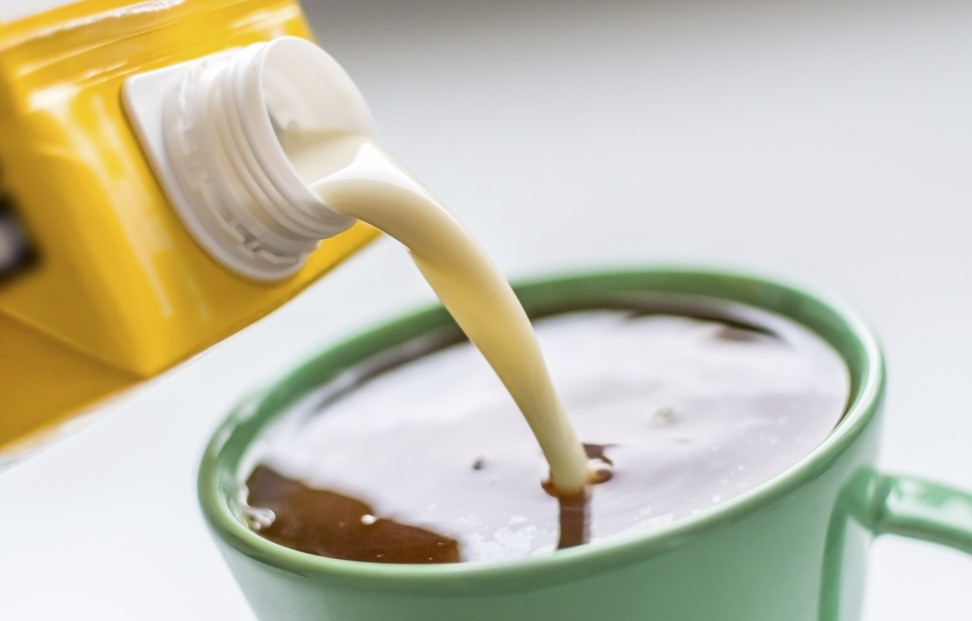
Moran says unpasteurised dairy milk is the healthiest form of milk, but it has been demonised by various elements of the “healthy eating” community for containing bacteria (albeit healthy probiotics).
Pasteurising milk, according to the US Food and Drug Administration, removes harmful bacteria such as salmonella, E. coli, and listeria.
Moran says the commercial dairy industry is the problem; it raises cows in insanitary conditions, pumps them full of antibiotics and growth hormones, and artificially inseminates them to keep them lactating and boost milk yield.
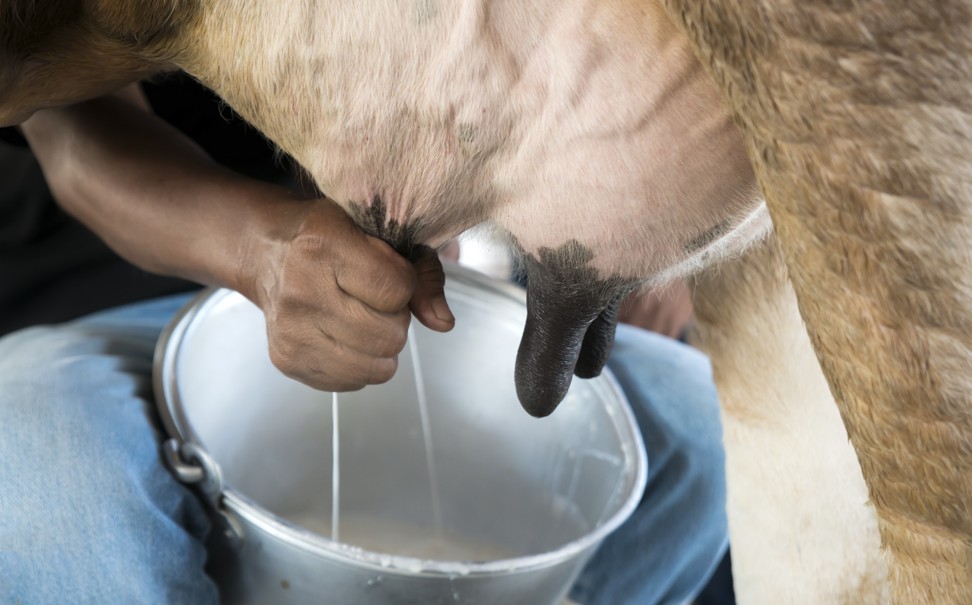
Chrissy Denton, a Hong Kong-based nutritionist who has a master’s degree in nutrition from Massey University in New Zealand, says some people are lactose intolerant, meaning their body does not produce enough of enzyme necessary to break down lactose, a sugar present in dairy products. People who consume dairy products but are lactose intolerant can suffer digestive problems, bloating, skin problems such as acne, and respiratory problems.
Cutting dairy out of your diet could mitigate these symptoms, she says.
Scientists believe lactose intolerance gets worse with time because as people age, their stomachs are less able to break down lactose.
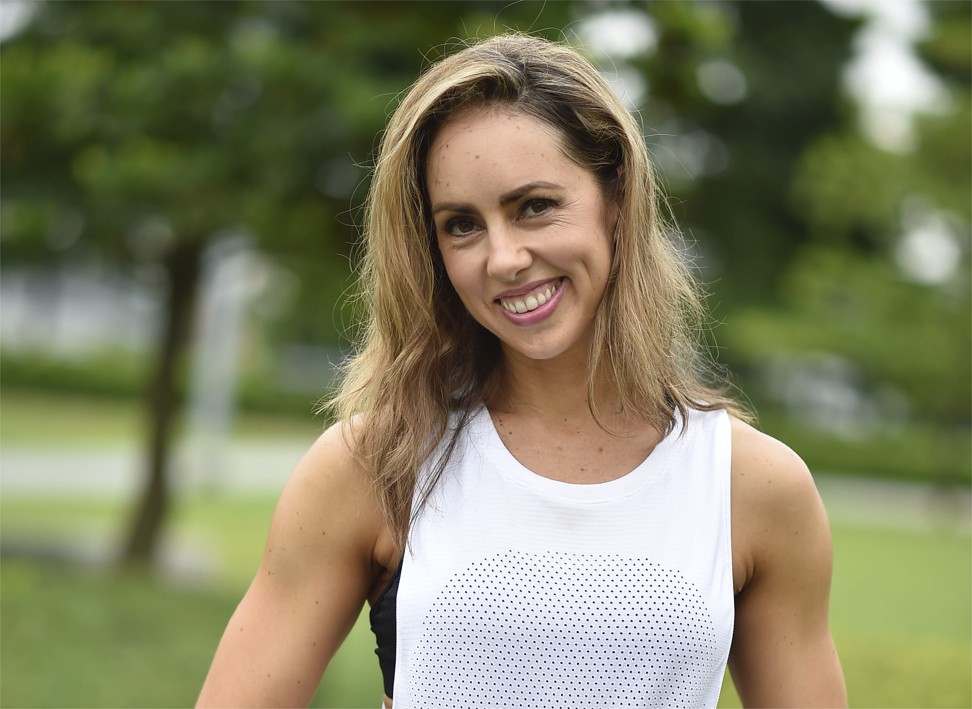
The most commonly sold milk alternative on the market today is made from soy, which is grown throughout East Asia.
However, much like dairy farms, the soybean industry has come under fire for a variety of environmental and health factors associated with mass production of the plant for commercial purposes, including the use of pesticides.
One of the newer dairy alternatives to hit the market is hemp milk, which Moran notes is a good source of bioavailable calcium and is also “chock full” of vitamins, including vitamins A, B, E and D and crucial minerals like potassium, magnesium and zinc. Moran says consumption of hemp milk is still low because of lack of knowledge.
Seven dairy-free iced treats to help you beat the heat this summer
“When some people hear the word hemp they may be concerned it contains THC associated with recreational marijuana. Needless to say, these fears are unfounded,” she says.
Denton says quinoa milk is another great alternative, especially for people who have gone gluten-free because their body can’t process, or has an immune reaction to, wheat proteins, since it is high in of protein.
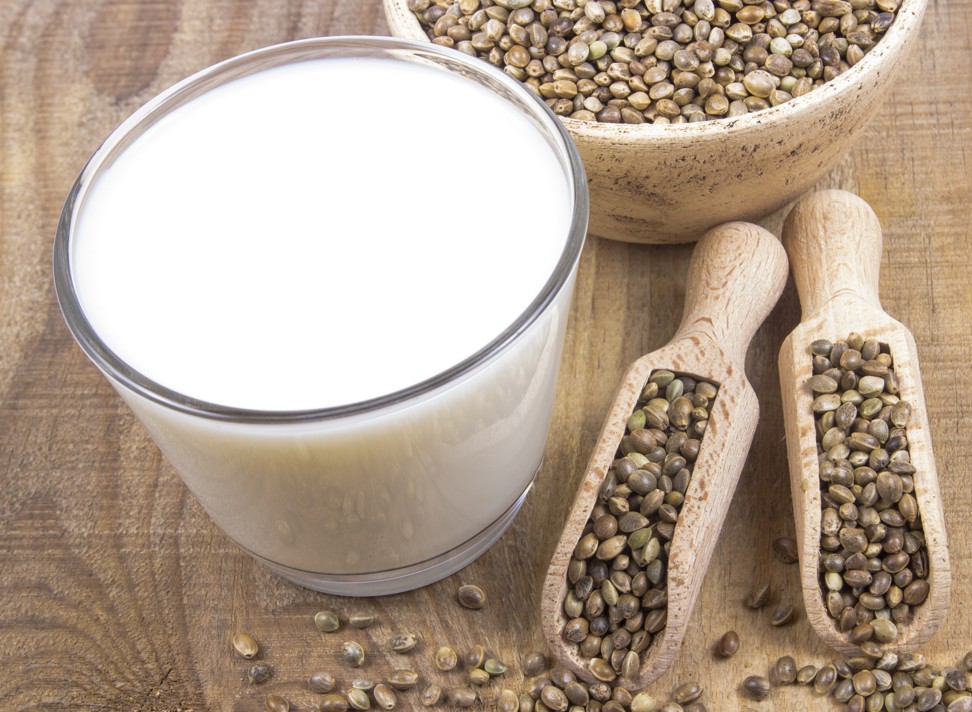
However, she urges would-be consumers to check the label before buying quinoa milk. “Quinoa milk usually only contains around five to 10 per cent quinoa with a higher water content, which means the fibre and vitamins and minerals are more diluted,” she says.
Moran says oat milk is becoming more popular due to its “lactose-free, vegan, immune boosting properties”. She notes a few studies state drinking oat milk could help lower LDL, or bad, cholesterol due to the beneficial effects of beta-glucans (naturally occurring sugars found in the cell walls of cereals, fungi and bacteria).
“Oat milk is theoretically easy to make at home by soaking and blending oats in a blender then straining through a nut bag,” she adds. But, as with quinoa and hemp milk, there are drawbacks; such milk alternatives are often fortified with synthetic calcium.
“Synthetic, non-bioavailable vitamins can often cause more harm than good, as the body has to work harder to utilise them,” she says.

Three tips when choosing a non-dairy milk
Denton says with all the options out there, it can be a bit daunting when one decides to give up dairy, and milk, in particular.
“There are so many great alternatives to milk these days, it can be confusing.”
Here are her three main things to take into account when choosing any type of milk alternative.
1. Avoid added sugar: choose unsweetened versions.
Taste test: vegan startup’s eggless eggs, new to Hong Kong menus
2. Potential additives: these are mixed in to make the product feel more like dairy milk. These can include carrageenan and vegetable gums, which you may want to avoid. Carrageenan is an additive used for texture and vegetable gums are a non-essential additive; both contain sugars.
3. Fortification: if you were relying on dairy milk for most of the calcium in your diet, you should choose a milk alternative infused with calcium and other vitamins.

